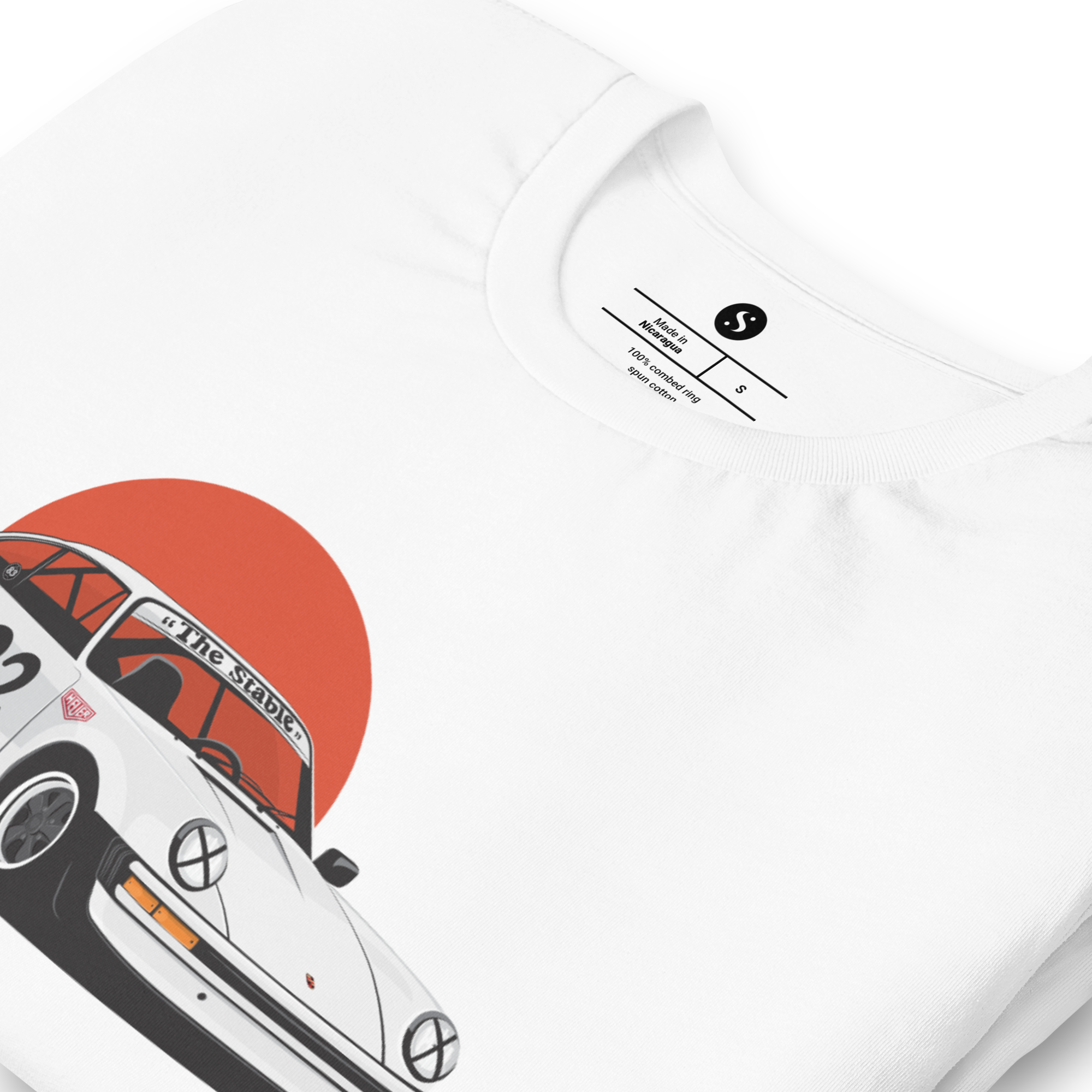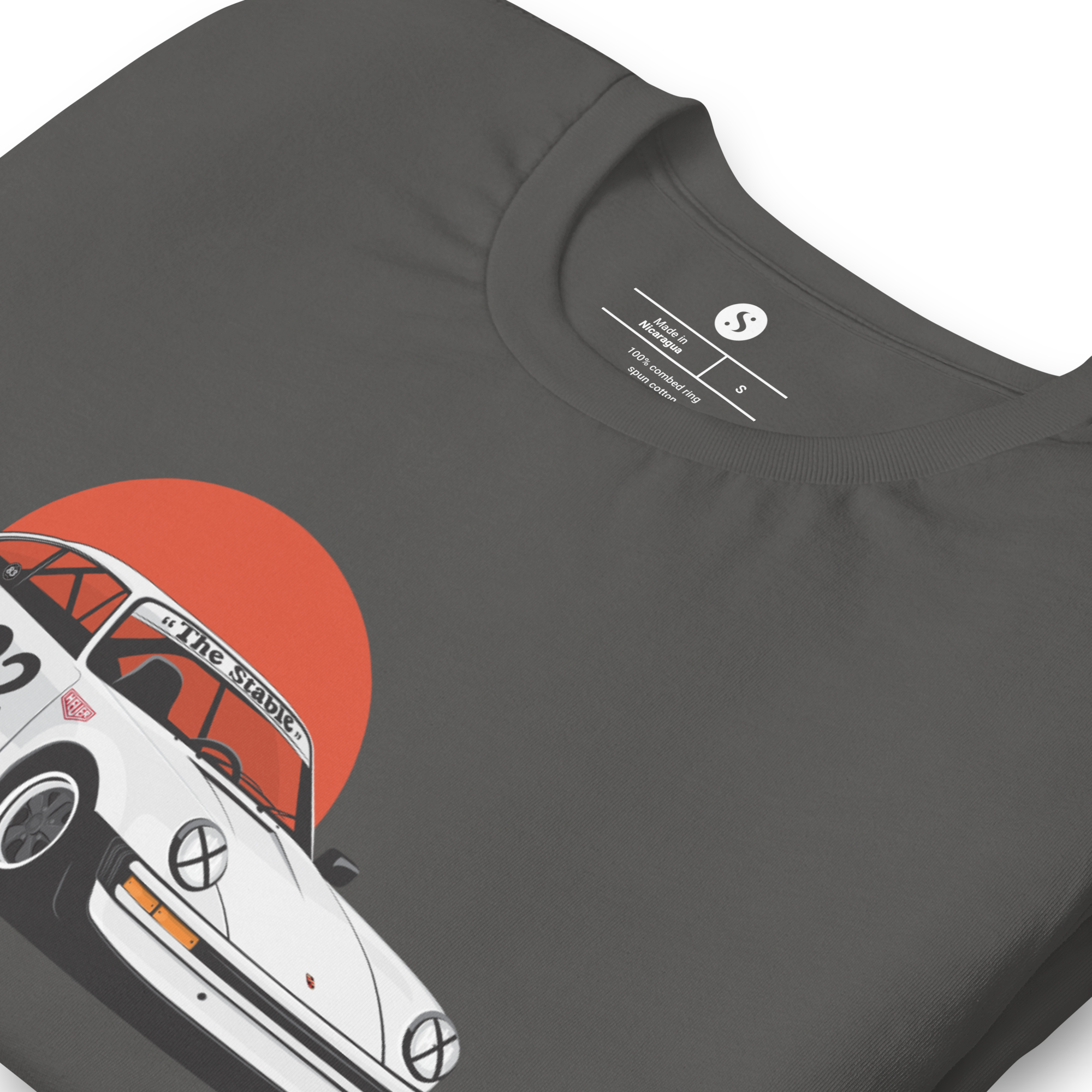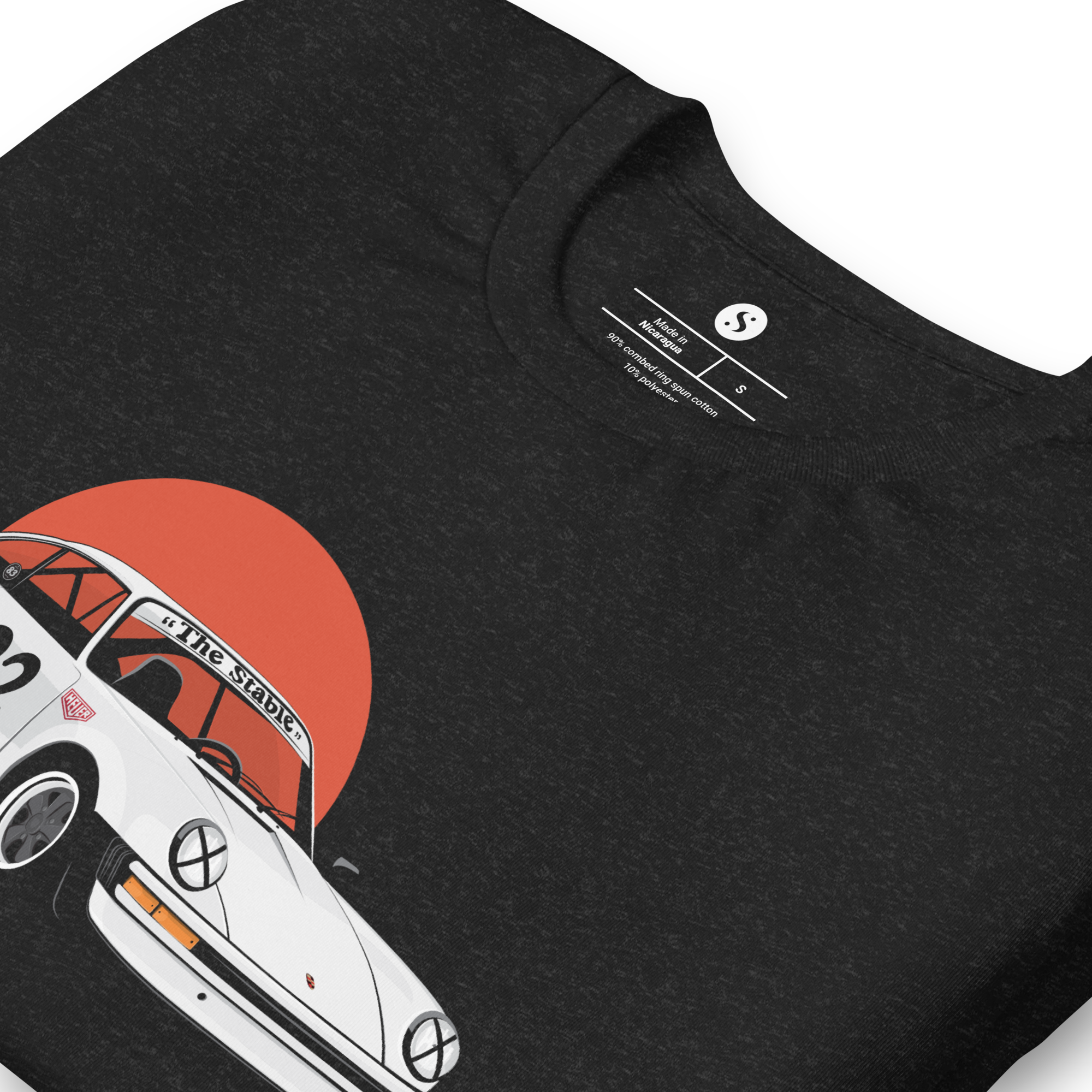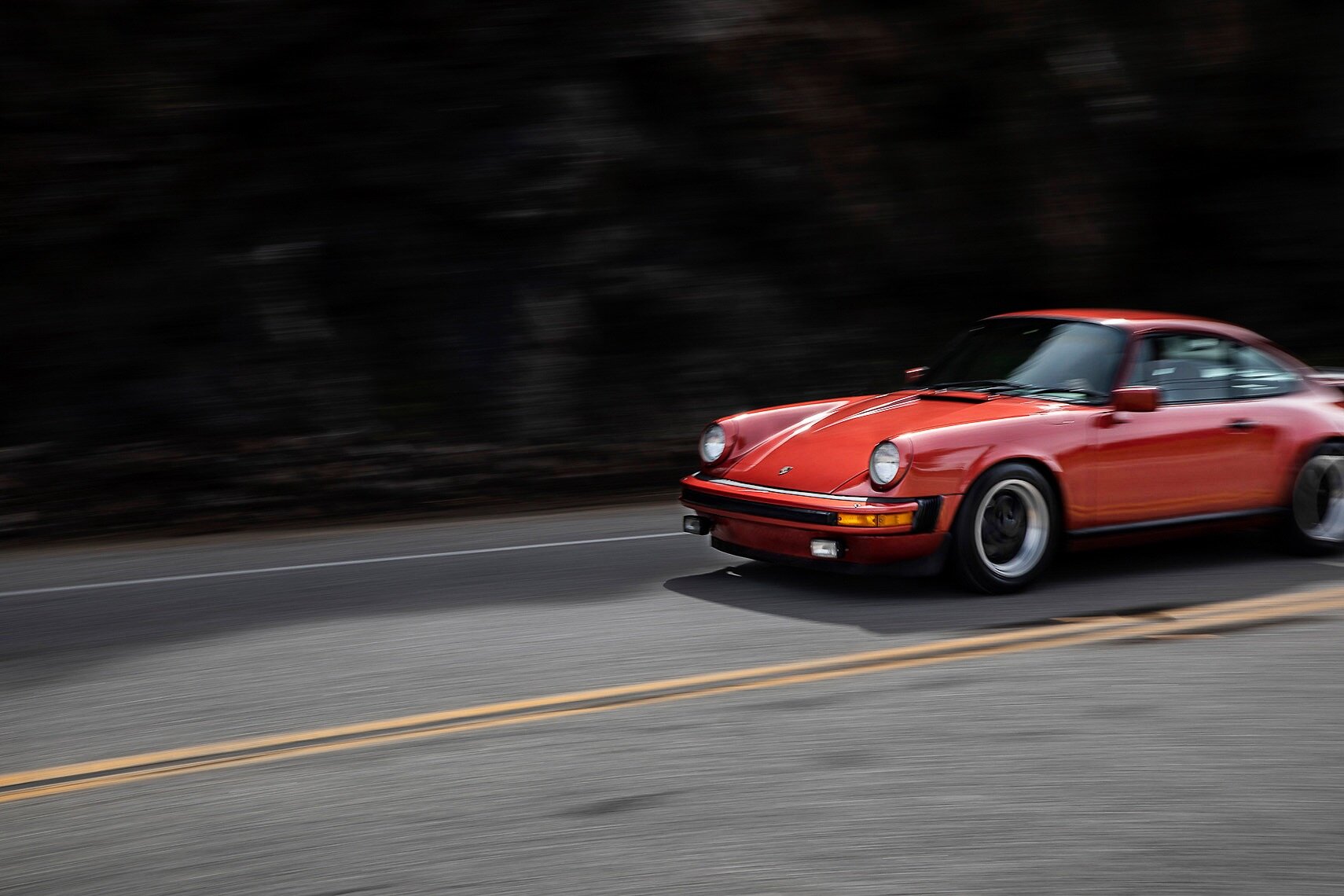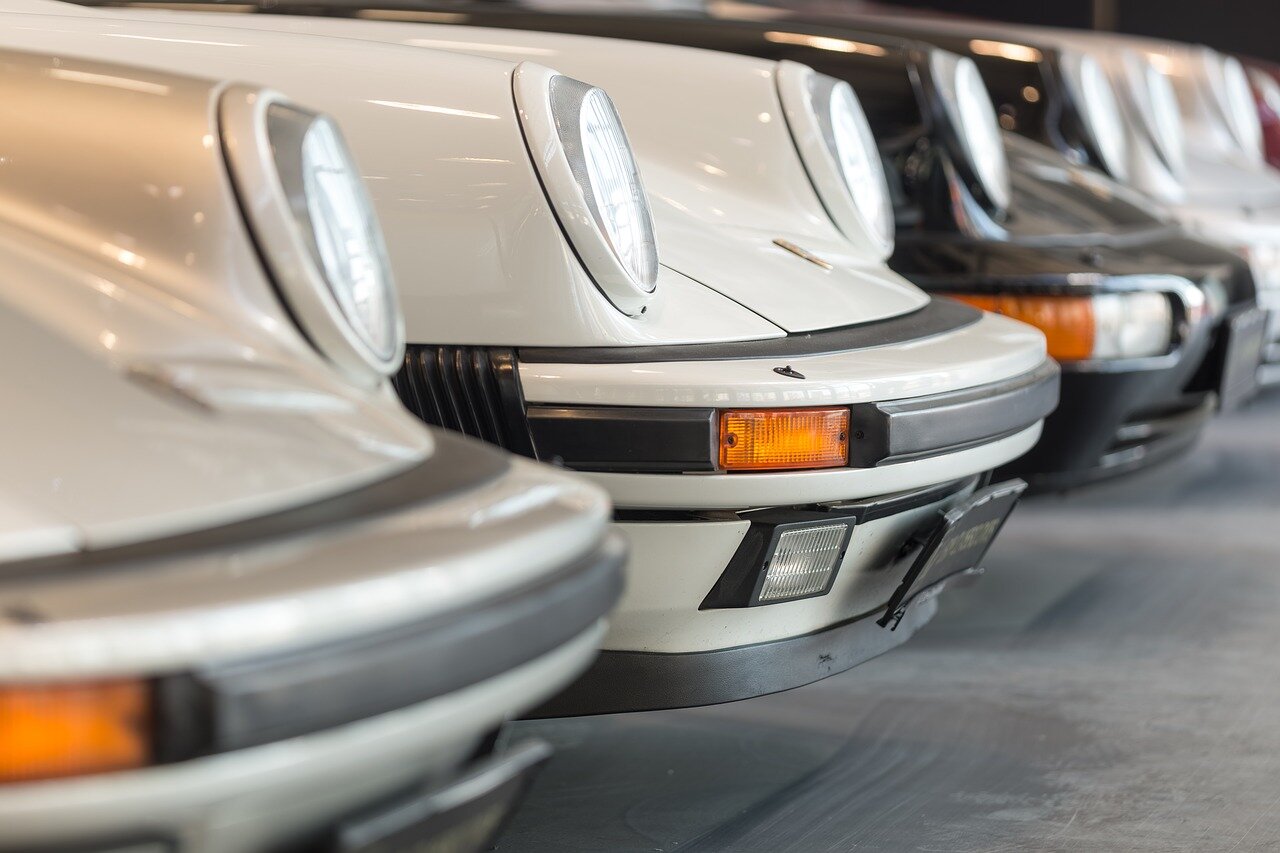Buyers Guide - G-series Porsche 911
As we all know, the most successful story in the sports car world started in late 1964 when Porsche introduced the 911. Although the 911 was an evolution of concept already seen on Porsche 356, it was miles ahead in terms of improvements, refinement, performance, and technology. After all, it was completely new with the more sophisticated flat-six engine, all-around independent suspension, and ambition to become the best sports car in the world.
Those early models, produced from 1964 to 1974, charmed the buyers with their simplicity, straightforward mechanics, original design and properly started the legend of 911. However, the second-generation model, the so-called G-Series, produced from 1974 all the way to 1989, made the 911 what it is today. During that period, Porsche 911's technology, performance, and design evolved significantly and made it the definitive sports car, recognizable and respected worldwide.
The classic 911s, made during the '60s, will always have a special place in enthusiast's hearts for the purity of the form, but in terms of driving dynamics, those cars have lost the battle with modern traffic. However, the G-Series models are still very relevant since they offer a better driving experience, better performance, and a significantly wider choice of models, versions, and specifications. This is why the 911 G is the smarter choice for air-cooled aficionados, and we will help you find the best one.
Which one to get?
Over the course of 15 years of the 911 G-Series production, Porsche made hundreds of thousands of cars. So, the cars' availability shouldn't be a problem. However, the real trick is to determine which one will suit you the best. During that period, 911 gained several legendary versions like RS 2.7, 930 Turbo, Carrera, or SC.
Porsche engineers displayed an outstanding level of concentration and dedication, improving the cars with each model year, not just in terms of performance but also in terms of construction and design. In 1983, Porsche introduced the first 911 Convertible, which remained as one of their most popular models. You might think that it isn't such a big deal since the convertible was only a standard coupe without the roof. However, knowing the Porsche 911 construction quirks, the structurally rigid and sound convertible was impossible, but Porsche finally managed to pull it off almost 20 years after the first 911.
Vintage Porsche Tees Now Back in Stock!
Porsche 911 G-Series Sought-After Models
Porsche 911 Carrera RS 2.7 (1973 to 74)
The 1973 Carrera RS 2.7 is widely regarded as one of the best classic Porsche models, if not the greatest 911 ever made. The reason for this stellar reputation is the fact that Carrera RS 2.7 was a homologation model, derived from the racing Carrera RSR model and introduced several unique features. The famous "duck-tail" rear spoiler, new 2.7-liter, flat-six engine with fuel injection, revised suspension, unique trim, and the first use of the name Carrera on 911 lineup.
The Carrera RS 2.7 was lighter, sharper, and much faster than anything in the 911 range, and with the curb weight of around 1000 kg and the power ranging from 210 to 230 hp, this homologation special was the talk of the car community in the early '70s. Porsche made only about 1,580 examples, which are now extremely sought-after by collectors.
Porsche Carrera 2.7 (1975 to 1977)
Even though Carrera is now synonymous with Porsche 911, back in the mid-'70s, it marked the limited production, sportier version of the timeless, flat-six coupe. Produced from 1975 to 1977, Carrera 2.7 had a relatively modest power output of 175 hp (165 in US-spec), but it had better performance and handling than regular 911.
The Carrera 3.0 represented the further development of the same idea with a slightly bigger engine and several mechanical improvements, which affected the durability and drivability. The result was 200 hp and brisker performance; however, Porsche decided to offer this model for just two model years and discontinue it in 1977.
Porsche 930 Turbo (1975 to 1989)
Even though the 930 Turbo started life as a homologation special, it soon becomes a regular production model and the crown jewel of the 911 range. With its unique engine, special brakes, chassis improvements, and design features, the 930 Turbo not only deserved a unique chassis code but also a more in-depth look at its incredible history and development process.
Porsche 911 SC (1978 to1983)
With almost 59,000 cars produced between 1978 and 1983, the Porsche 911 SC was an immensely successful model that combined the performance, design and feel of previous Carreras in a more affordable and well-rounded package. Available both as a coupe and Targa, SC had a fuel-injected 3.0-liter model with power ranging from 180 to 204 hp, although US-spec cars were rated at 180 hp.
In that period, Porsche's management was on the brink of discontinuing the 911 and replacing it with Porsche 928. However, the 911 SC model's success and enthusiastic response from the customers convinced the company's executives to keep the 911. We are very grateful that things turned out that way.
Porsche Carrera 3.2 (1984 to 1989)
The last iteration of the 911 G-Series range was Carrera 3.2, which was presented in 1984. It was a thoroughly modernized car with a new 3.2-liter, the flat-six engine which delivered 231 hp in EU spec and 210 hp in US-spec cars. Also, suspension and breaks were improved, the list of standard equipment was longer, and those later models had more options.
From 1983, Porsche offered a convertible version, which further enhanced the model's popularity; as we explained, making a convertible was far more complicated than just chopping the roof of the 911 and required extensive re-engineering of the whole car. That is why the company needed 20 years to come up with a solution to that problem.
The engine
Even though Porsche's flat-six engines are dependable and can cover many miles, poor maintenance of had use will take its toll. When checking the G-Series 911's engine, always check for oil leaks, rattle, and blue smoke. Problematic engines will fail to deliver the power, and if the engine feels slow and does not accelerate properly, it suggests that it has problems with fuel injection. Don't forget to check the cam-chain tensioner. The original items are known to fail, and most owners upgraded to more modern components. The engine should have 4 bar oil pressure at 4000 rpm, adequately warmed up.
In most of the G-Series models, Porsche used Bosch's K-Jetronic fuel injection system. Although it was regarded as a state-of-the-art system in the '70s and early '80s, it was known to develop problems if neglected or poorly maintained. Replacement is expensive, and if the car does not run or is has rough idle, we suggest finding another example.
The bodywork
Even though the Porsche galvanized all 911 bodies from 1975 onwards, the rust is a big problem when looking for a classic G-Series model. Simply, the age of the vehicle, possible damage repairs, and heavy use took their toll. Only if the car was exceptionally well-kept, the rust problems could be avoided. Completely rusted cars should be avoided, with the exception being early 930 Turbo or Carrera 2.7 RS. The rarity and price of those models make even rusted shells valuable.
There are few main rust areas you should check in any G-Series 911. First of those is the trunk area, and always check underneath the carpet, near the edges, and underneath the battery. Any sign of rust could also be a sign of poor accident repair, so be careful. Rear seals and rear sections of the body should be next on the list; they are commonly affected by rust and expensive repair. On sunroof cars, always check the drain plugs and edges of the sunroof panel. Front fenders are known to rust spot, and only when you remove them, you can see if the rust affected the chassis and floor.
There is a known issue with the bumpers, and you should pay attention when checking the car. Bumpers are made from aluminum to save weight, but they start to delaminate and desegrated over time, which is costly to replace.
The interior
The interior of 911 is one of this model's stronger suits. Well-laid and ergonomically perfect, the classic 911 dash set up is still one of the most iconic designs in the classic sports car world. Don't be alarmed by worn-out seats; if the car was used regularly, it is to be expected. However, if the dash is cracked, gauges not working, and interior equipment is broken, be ready to spend time and money to make it presentable again. A cracked dash is a sure sign that the car spends a lot of time parked outside.
What to pay
The Porsche 911 G-Series enjoyed a significant price spike in recent years due to the fact that modern collectors recognize it as the perfect balance of driving dynamics and classic 911 feel. That being said, you can get decent, roadworthy, early '80s 911 SC for around $30,000. On the other end of the 911 G spectrum, there are Carrera 2.7 RS, which are going for over half a million dollars. Our advice is to concentrate on 911 SC or later Carrera 3.2 models since they offer the best balance and overall usability.
Love Porsche’s air-cooled 911? Then you’ll love our upcoming luxury Porsche 930 driving experience. Registration now open.



